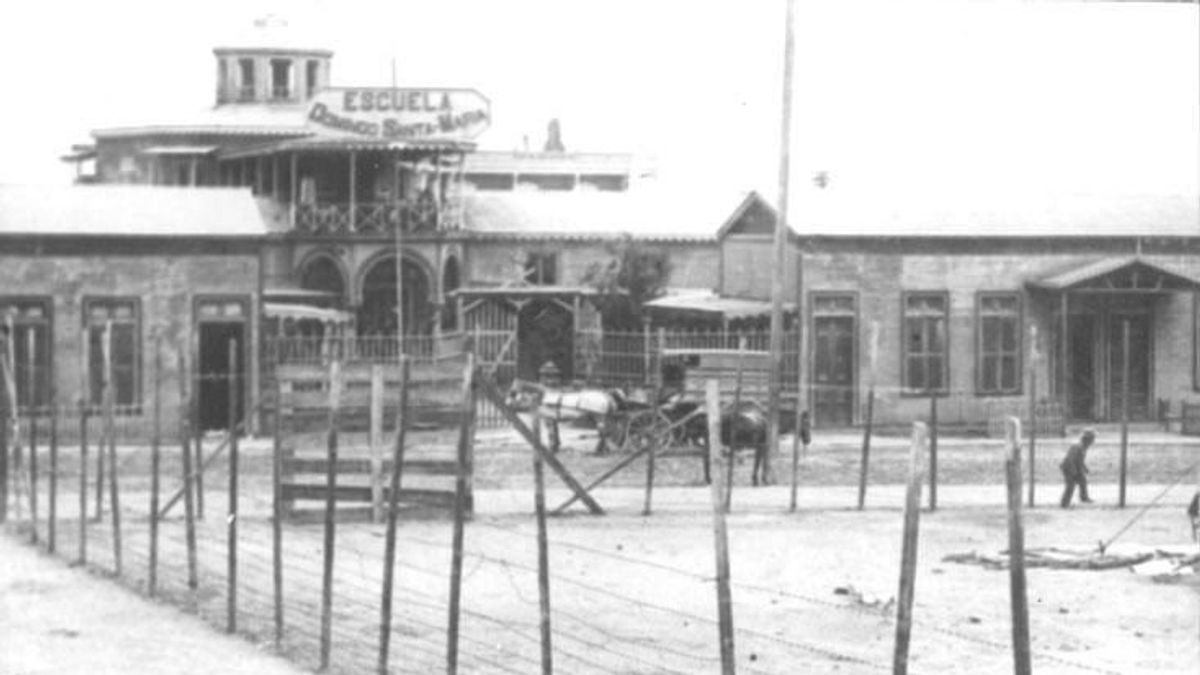JAKARTA - On December 21, 1907, thousands of workers in Chile who were on strike were massacred by the Army. The action was carried out on the mandate of the President and Minister of the Interior of Chile at the time. There is a lot of speculation regarding the number of people killed in the incident, but many believe the number is around 2,000.
Quoting DBpedia, in early December 1907, workers, mostly nitrate miners, went on strike and took to the streets of the port city, Iquique, to demand better working conditions and higher wages. Nitrates are the most profitable of all Chilean exports. The robust industry was stifled when thousands of workers from nitrate mines in the Atacama desert region came to the city in solidarity during the strike.
Authorities housed striking workers at the Santa Maria Iquique school. An estimated 5,000 workers are in the school. Chilean President Pedro Montt initially sought to facilitate talks between workers and owners of nitrate mines. The owners insist that the miners must return to work before negotiations can proceed. The workers refused and stayed at the school to continue the strike.

President Montt and Interior Minister Rafael Sotomayor, who has strong business ties to the owner of a nitrate company, ordered General Roberto Silva-Renard to disperse striking workers from Iquique City by all necessary means. But the nitrate miners and their families continued to refuse to leave the Santa Maria school.
General Silva-Renard finally gave orders to the four hundred soldiers to fire indiscriminately at the people who were at Santa Maria's school. Ironically, the sodium nitrate mined by the workers was extracted and then used to make gunpowder which was used as a weapon to kill the workers.
Silva-Renard, known to many as a butcher in Iquique, never faced justice for the murders he ordered. He also escapes an assassination attempt on his life by an anarchist seeking revenge.
The massacre took place at the height of the nitrate mining era, which coincided with the Parliamentary Period in Chile's political history. With the massacres and terror that ensued, not only the strikes were dissolved but also the labor movement which was further suppressed for more than a decade.
As a result of this incident, the improvement in labor conditions was also very slow. It wasn't until 1920 that minimum standards were introduced, such as requiring payment in legal tender and setting a maximum length of working days. Knowledge of the massacre was closed.

After a hundred years of secrecy, in 2007 the Chilean Government publicly commemorated the incident. The day the incident occurred was also designated as a day of national mourning and the reburial of the bodies of the victims.
"The mass killings are a shameful thing that Chile has covered up for a very long time," said Juan Manuel Díaz, representative of international relations for the Chilean Federation of Trade Unions, citing Libcom.org.
The case of the massacre of workers was finally known to the Chilean public and abroad thanks to a cantata entitled Santa María de Iquique. The cantata was composed in 1969 by the late Luis Advis and recorded in 1970 by Quilapayún.
"Today, what happened is part of our collective, archetypal and national memory," says Chilean historian Sergio Grez, author of books and articles on Chile's social history.
*Read other information about TODAY's HISTORY or read other interesting articles from Putri Ainur Islam.
TODAY'S HISTORY MoreThe English, Chinese, Japanese, Arabic, and French versions are automatically generated by the AI. So there may still be inaccuracies in translating, please always see Indonesian as our main language. (system supported by DigitalSiber.id)












